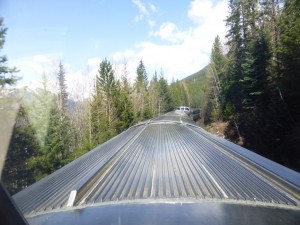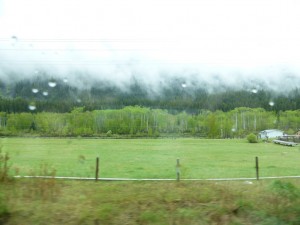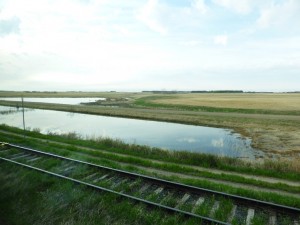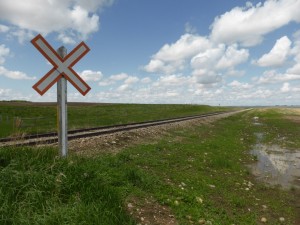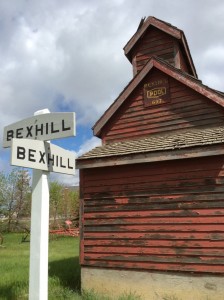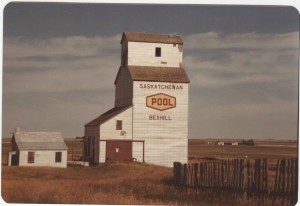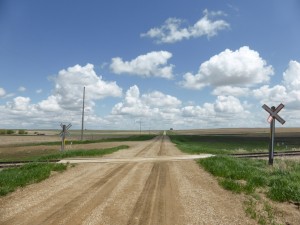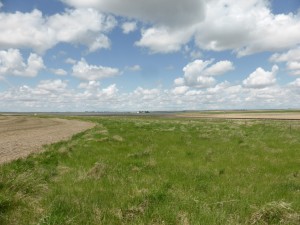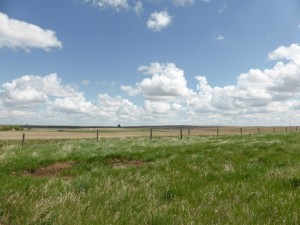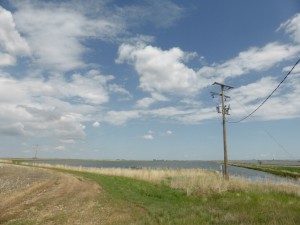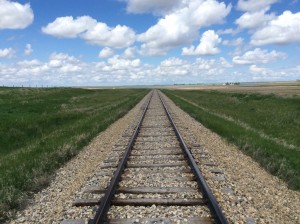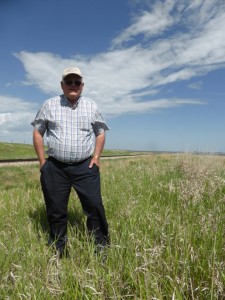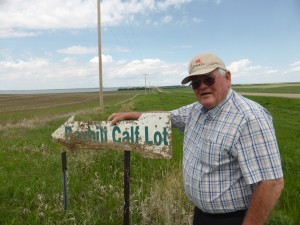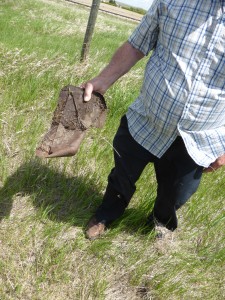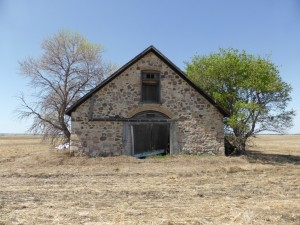Realised only after posting that my last post spoke very little about the actual train journey. So much to talk about I am easily distracted at this stage. Aside from saying that travelling by train really is the greatest way to travel, even more so when it is comfortable, which mostly my journey has been. Even throughout South East Asia and Indonesia (aside from one delayed ten hour train journey in a ‘hard seat’ and a very packed carriage to Nanning, and a particularly cold night in Thailand – what is it with hot countries and their air conditioning?) it has not been arduous. Travelling through Canada I am, however, being looked after very well. I have certainly travelled in the right direction. At a time when I am getting a little weary of 8 bed dorm rooms and shared spaces where you have to label absolutely everything you put in the fridge, remembering your room key to go for a pee in the night and being woken up by the ubiquitous plastic bag rustling at various ungodly hours because someone has just arrived or is preparing to leave, or has just decided to look for something in the middle of the night. Hostels have been a great and affordable way of staying in some great places, and places where I have met some great people. There are times when it is nice to have your own space though. So having my own cabin and being well fed on the train is really very nice.
There is, however, something just as wonderful travelling in sleeper carriages where you share with several other strangers. For one, you meet local people who are mostly travelling through necessity rather than pleasure, to visit family or for work. While it hasn’t always been possible to find out very much about many of the people I shared these six foot square spaces with, because I didn’t speak their language and they didn’t speak mine (although usually more than me). But even when that was the case I still have some great memories of meeting people, where we would share food, help out with shuffling cases around so we all fitted in to the allocated spaces, and generally being pleasant company for the duration of the journey.
I have also met many people on this part of my journey. A dining carriage and communal sitting areas with drinks and viewing carriages make for an altogether different experience, and in many ways a more sociable one too. I’ve met many from Canada and the US, some Australian’s and Europeans, including a few from England who, when feeling slightly homesick last week, I nearly rugby tackled to have chance to speak to them and find out where they were from (and just to hear the accent and share common ground).
But mostly the journey is about what is going on outside. I end my journey in almost the same way as I started it, with an epic train ride of several days across the one country. The length of time and immensity of Canada reminds me of the Trans Mongolian train and the vastness of Siberia, in many ways it is just as beautifully bleak and inhospitable (certainly during the winter). The excitement of seeing a break in the landscape for a house with a wisp of smoke as it was in Russia. A break to the endless view of birch trees. While in Canada it is a grain elevator or pool of water, farm or the like. The mountains of Alberta a distant echo of the snow capped mountains through Mongolia, the prairies, of the expanse of Siberia. The same but different. The duration of the landscape remains immense and my captivation with it, constant.
And just as I again set out with particular intentions, my keyboard has run away with me. At this point in my trip I am being reminded of so many other earlier times, an inevitable part of the last stretch I feel. Bear with me, I shall talk trains more…





